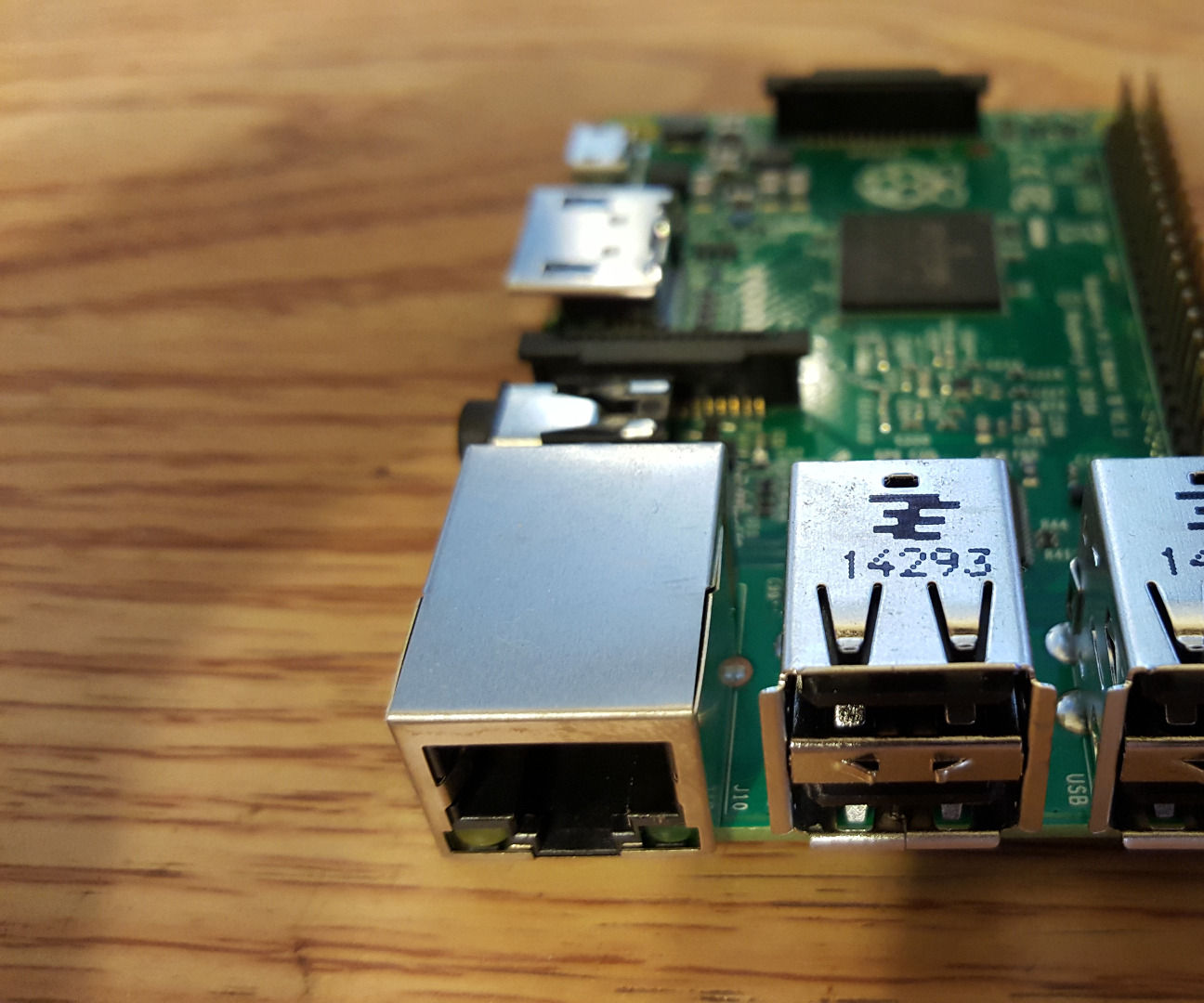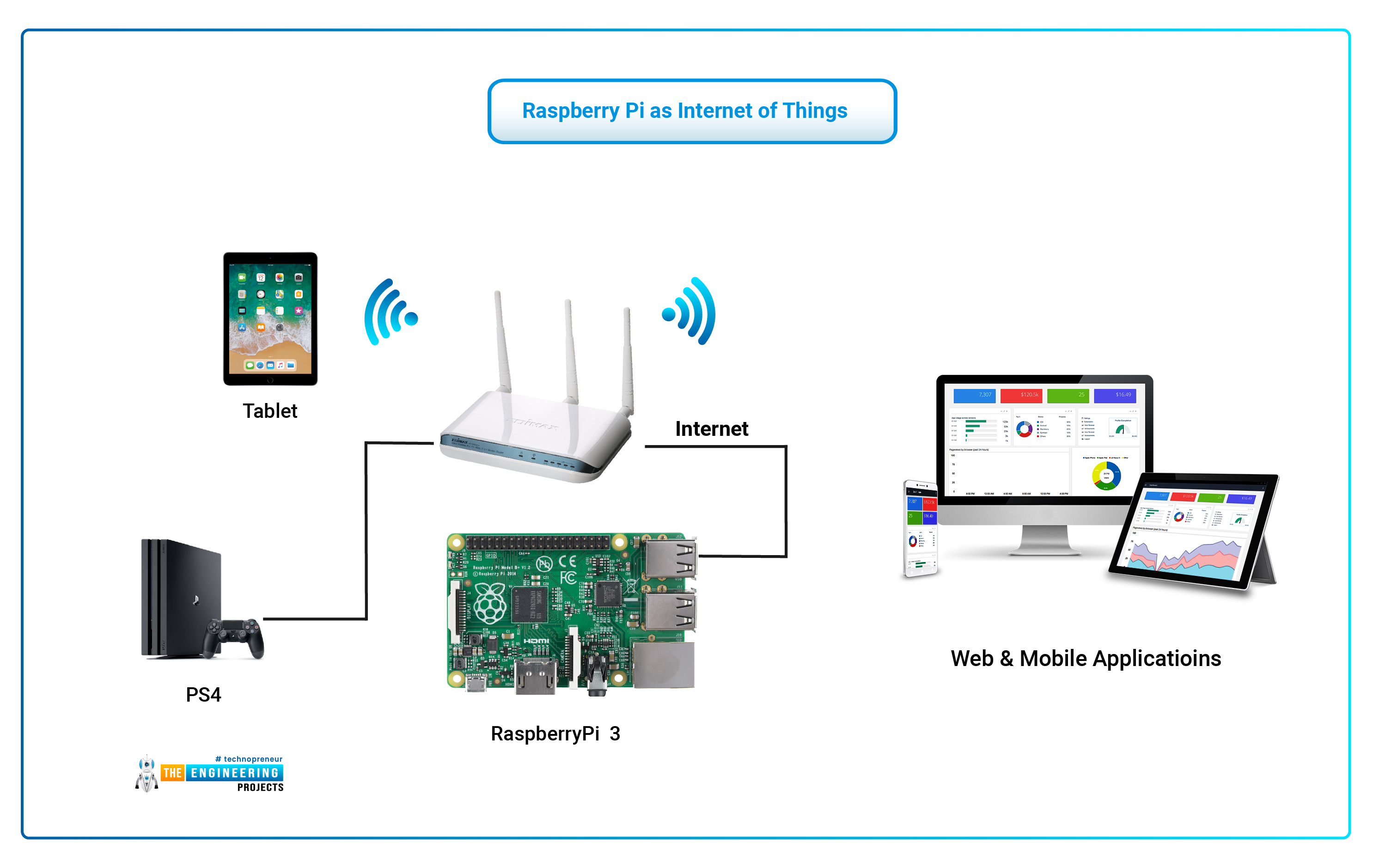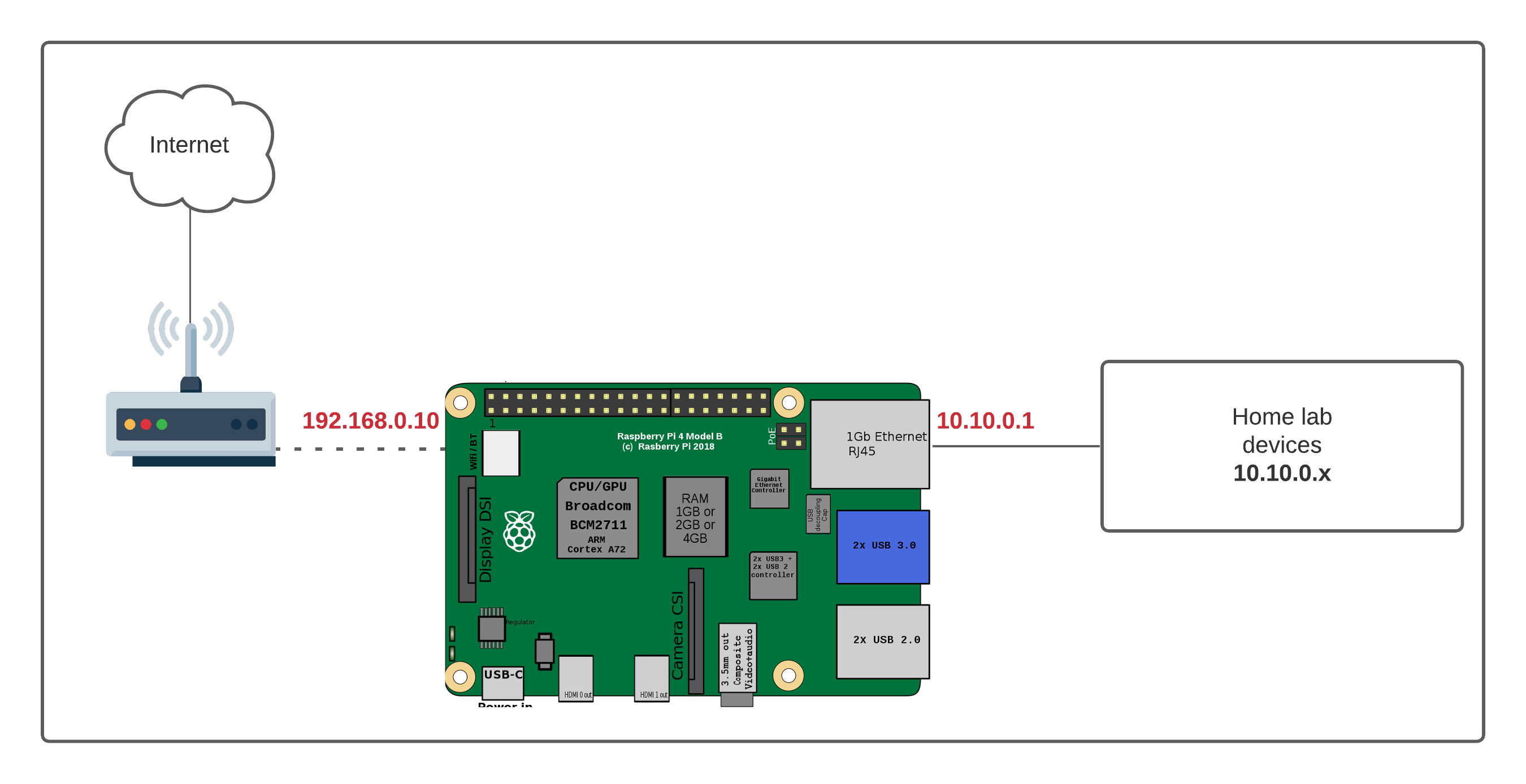Remoteiot Behind Router Example In Raspberry Pi - Your Smart Home Connection
You know, it's pretty neat how you can make your smart devices talk to each other, even when they're tucked away behind your home internet box. This idea, often called remoteiot, is actually a really clever way to link up all sorts of gadgets. It helps them chat back and forth, you see, without needing to be right there on your main home network. It's almost like giving them a special way to send messages from afar, so you can keep an eye on things or make them do stuff no matter where you happen to be.
Whether you're just starting out with smart home projects or you've been doing this for a while, figuring out how to set up remoteiot on a little Raspberry Pi computer can make your whole setup a whole lot better. It means you get to control and check on your smart bits and pieces from anywhere, which, quite frankly, is super handy. This little guide here is going to walk you through some of the main points about getting your remoteiot system going.
We're going to go over what you need to know about setting up your Raspberry Pi to be reached from outside your usual home network. This might sound a bit tricky at first, but with the right bits of information and a few pointers, it's totally something you can do. We'll touch on how it works, what makes it tick, and, you know, some of the ways to keep it all safe and sound. So, let's get into how this all comes together.
Table of Contents
- What's Remoteiot Behind a Router All About?
- Setting Up Your Raspberry Pi for Remoteiot Behind Router Example
- Making Your Router Work with Remoteiot Behind Router Example
- Keeping Your Remoteiot Behind Router Example Setup Safe
- Remoteiot Behind Router Example - What's Next for Your Devices?
What's Remoteiot Behind a Router All About?
So, what exactly is this remoteiot thing when we talk about it being "behind a router"? Well, basically, it's a clever way to make your smart gadgets, like sensors or smart lights, reachable from anywhere, even if they're sitting comfortably on your home network. Normally, your router acts like a bouncer, keeping outside traffic from getting to your internal devices. Remoteiot helps you set up a special pass for your chosen devices, allowing you to connect to them from, say, your phone when you're at work or on holiday. It’s pretty much about getting your devices to talk to you, no matter the distance.
This setup is quite popular because it gives you so much freedom. You can turn on your coffee maker before you get home, or check if the garage door is shut, all from a distance. It's a way of making your things work for you, even when you're not physically there. The whole idea is to give you control, and in some respects, it really does make life a little easier, especially if you have a lot of smart things around the house.
Why the Raspberry Pi is a Good Fit for Remoteiot Behind Router Example
The Raspberry Pi is, quite frankly, a fantastic little computer for this kind of work. It doesn't cost a lot, and it can do so many different things. That's why it's become a real favorite for people who like to tinker with smart home projects and other connected gadgets. However, the slightly tricky part often comes when you want to get to your Pi or the devices connected to it from somewhere else, especially when your Pi is sitting behind your home router. That router, you see, is usually set up to protect your home network, so it doesn't just let anyone in.
- Hanime New
- Janet Lee Constantine
- Pen Medina Wife
- Sean Lew And Kaycee Rice
- Did Kourtney Kardashian File For Divorce
Using a Raspberry Pi for your remoteiot behind router example setup is a really good move because it's a very dependable tool for building a safe and well-working system. It acts like a helper, connecting the outside internet to your smart devices inside your home. It's like having a special agent on the inside, ready to relay messages. So, in a way, the Pi becomes your go-between, allowing you to manage and watch over your smart things without being right there. It really is a versatile little machine for this kind of work, you know.
Setting Up Your Raspberry Pi for Remoteiot Behind Router Example
Getting your Raspberry Pi ready for remoteiot behind router example involves a few steps to make sure it can talk to the outside world. First off, you'll need to make sure your Pi has the right operating system installed and is connected to your home network. This usually means putting the system software onto a memory card and then plugging in the Pi. It's pretty much the first thing you do with any new Pi project, so it's a familiar start for many.
Once your Pi is up and running, you'll typically need to install some specific software that helps with the remote access part. This software helps your Pi understand how to communicate securely with you from afar. It's like adding a special language interpreter to your Pi. You might also need to set up some user accounts and passwords, which, as a matter of fact, is super important for keeping things safe. These initial setup steps are fundamental to making your remote access work, and they lay the groundwork for everything else you'll do.
How Does Remote Access Work with Remoteiot Behind Router Example?
So, how does this remote access thing actually happen when your Raspberry Pi is behind a router? Well, think of your router as a locked door to your house. Your devices are inside, and you're outside. To get in, you need a key or a special way to open the door. Remote access for your remoteiot behind router example setup usually involves a few common ways to do this. One common method is called "port forwarding," which is basically telling your router to send specific types of incoming messages to your Pi. It's like having a special delivery slot just for your Pi's mail, you know.
Another way involves using services that help create a secure tunnel through your router, kind of like a secret passage. These services often handle the tricky bits of getting past the router's defenses for you. They make it so your Pi can reach out to them, and then you connect to the service, which then connects you to your Pi. This avoids having to open up specific "ports" on your router, which can be a bit more straightforward for some folks. Either way, the goal is to create a reliable path for you to talk to your Raspberry Pi and, through it, your smart devices, which is pretty much the whole point.
Making Your Router Work with Remoteiot Behind Router Example
Getting your router to play nicely with your remoteiot behind router example setup is a pretty important step. Your router is the main guard at the entrance of your home network, and it usually keeps everything inside safe from the outside world. For remote access to work, you often need to make some adjustments to your router's settings. This might involve telling it which specific incoming connections are allowed to reach your Raspberry Pi. It's like giving your router a guest list, telling it exactly who can come in and where they can go.
These adjustments can sometimes involve setting up what's called a static IP address for your Raspberry Pi on your local network. This means your Pi always gets the same internal address, so your router knows exactly where to send the incoming messages. Without this, your Pi's address might change, and then your remote connection would get lost. It's a bit like making sure your friend's house number never changes, so you can always find them. This part, you know, really makes sure the connection is dependable and doesn't just vanish.
Sometimes, you might also need to look at your router's firewall settings. A firewall is like another layer of security that checks all the traffic coming in and out. You might need to tell it to allow certain types of connections for your remoteiot behind router example. This isn't always super simple, but it's a necessary step for some setups. It's all about making sure your Pi can communicate freely but safely with you from afar. So, getting your router configured correctly is, as a matter of fact, a big piece of the puzzle.
Keeping Your Remoteiot Behind Router Example Setup Safe
When you're setting up remoteiot behind router example, keeping everything safe is a really big deal. Since you're making your devices reachable from the outside, you want to make sure only *you* can get to them. This means paying attention to things like passwords and how your data travels. Using strong, unique passwords for your Raspberry Pi and any services you use is, honestly, the very first line of defense. Think of them as the locks on your doors; you want them to be tough to pick.
Another thing to consider is how your information is protected as it travels across the internet. This often involves something called encryption, which scrambles your data so that if anyone were to intercept it, they wouldn't be able to understand it. It's like sending a message in a secret code that only you and your Pi know how to read. Many remote access tools have this built in, which is pretty much what you want. You want to be sure that your commands and any information from your sensors are kept private. So, making sure your remoteiot setup is secure is, quite frankly, as important as getting it to work in the first place.
What If You Run Into Trouble with Remoteiot Behind Router Example?
While setting up remoteiot behind router example with a Raspberry Pi is generally pretty straightforward, you might run into a few common issues along the way. It's totally normal for things to not work perfectly the first time. One common problem is that your connection just won't go through. This could be because your router isn't set up quite right, or maybe the software on your Pi isn't running as it should. It's often a matter of double-checking your steps and making sure all the settings match up.
Sometimes, you might find that the connection is really slow or drops out often. This could be due to your internet connection, or maybe there's something blocking the signal. It's like trying to have a conversation with someone through a bad phone line. Another thing that can happen is that you can connect, but you can't actually control your devices. This often points to an issue with the specific application or service you're using on your Pi to manage your smart things. Going through a checklist of common problems can usually help you sort things out, and there are, you know, lots of online communities that can offer advice.
Remoteiot Behind Router Example - What's Next for Your Devices?
Once you have your remoteiot behind router example setup working with your Raspberry Pi, a whole lot of cool possibilities open up for managing your smart devices. You've basically given your home a voice that you can hear from anywhere. This means you can keep an eye on things, change settings, or even make your devices do specific tasks, all from a distance. It's a real step up in how you interact with your connected gadgets, and it really does make them more useful.
This kind of setup is a really good answer for keeping tabs on things, whether it's for a home project or something a bit more involved. By understanding the bits and pieces we've talked about here, you can create a safe and well-working arrangement that fits what you need. The Raspberry Pi, with its ability to do so much and its low price, is a really solid choice for this kind of work. So, you know, getting this working truly lets you get more out of your smart home gadgets.
- Danny Trejo Net Worth
- Camila Cabello Weight
- Secret Therapy Leaks
- Marie Azcona
- How Much Does George Make On The Price Is Right

Build a router using raspberry pi - valasopa

Best Remote IoT Behind Router Raspberry Pi: A Comprehensive Guide

Best Remote IoT Behind Router Raspberry Pi: A Comprehensive Guide